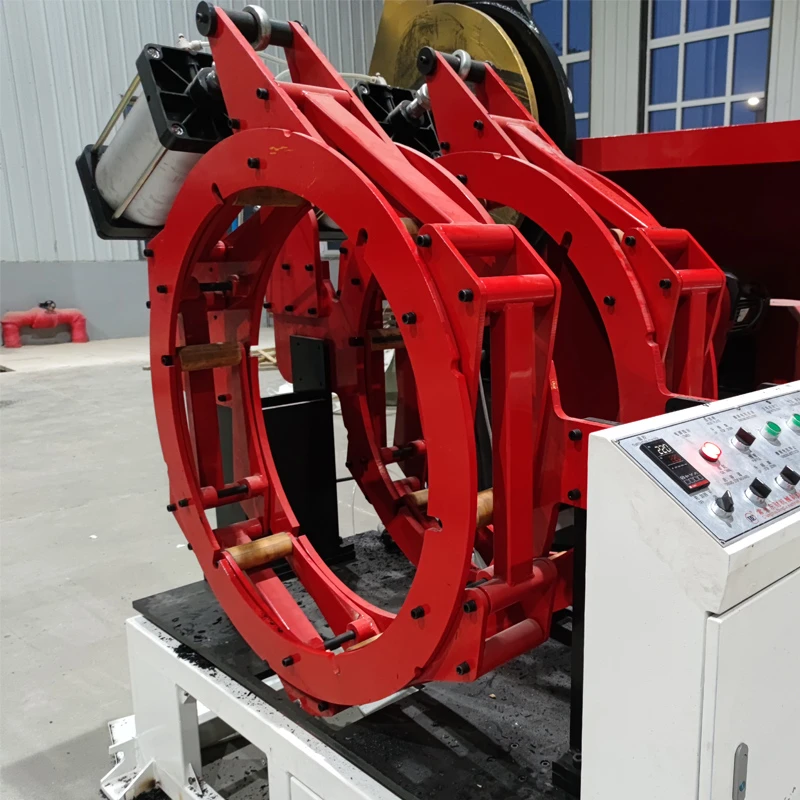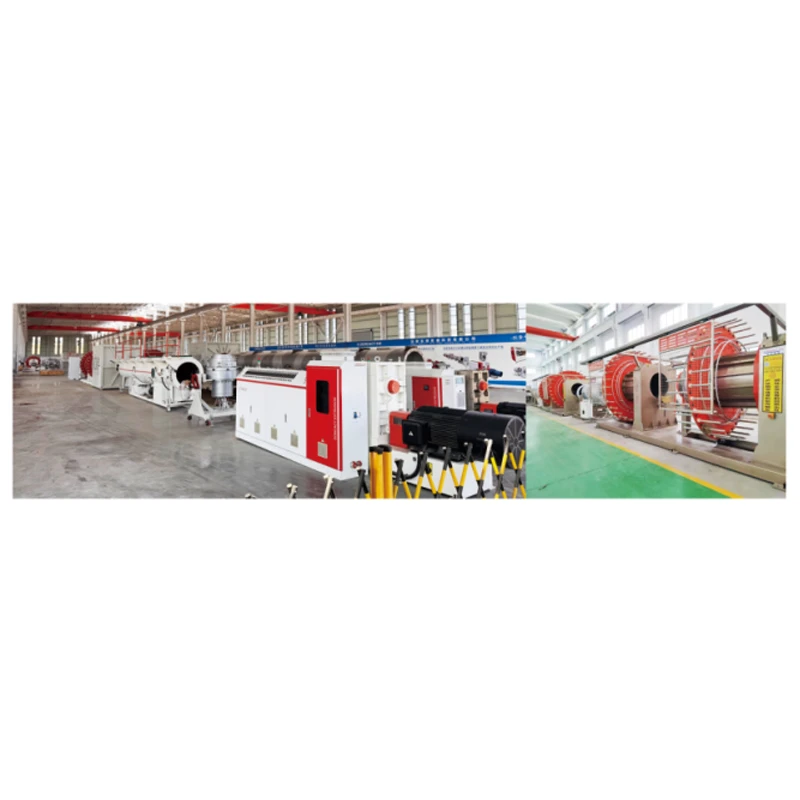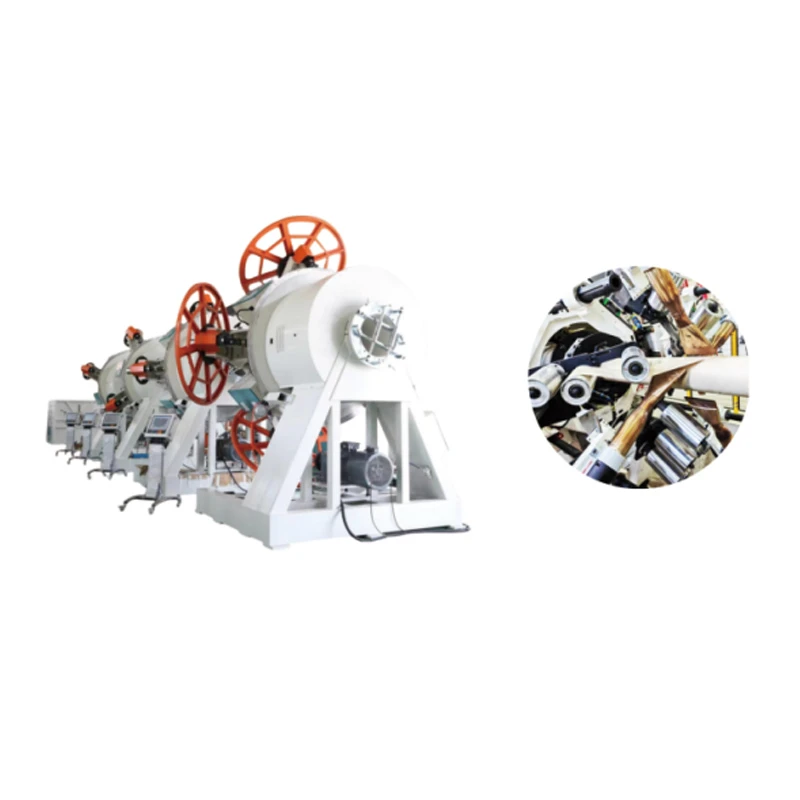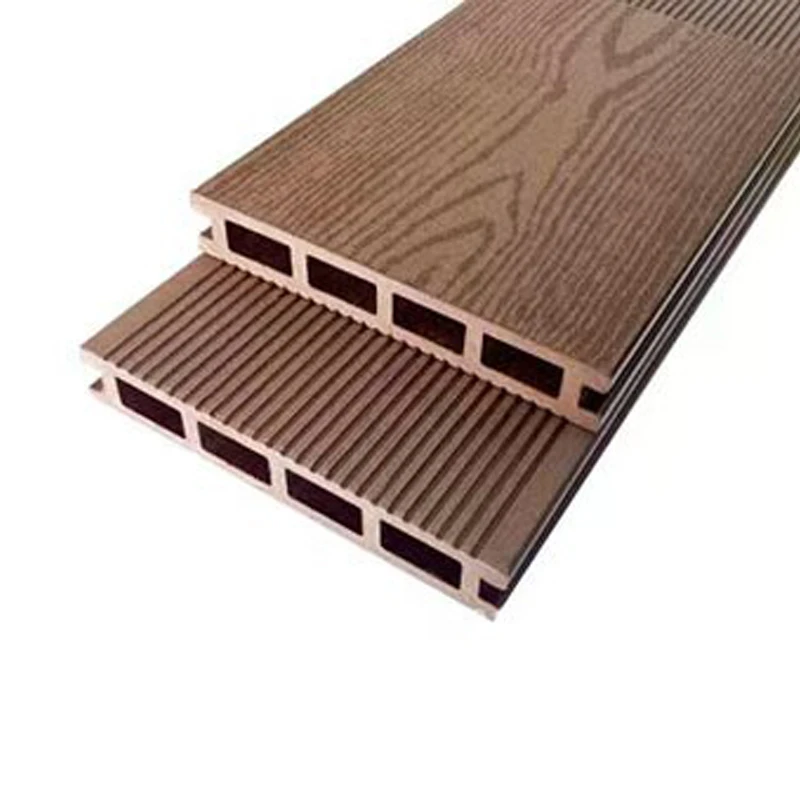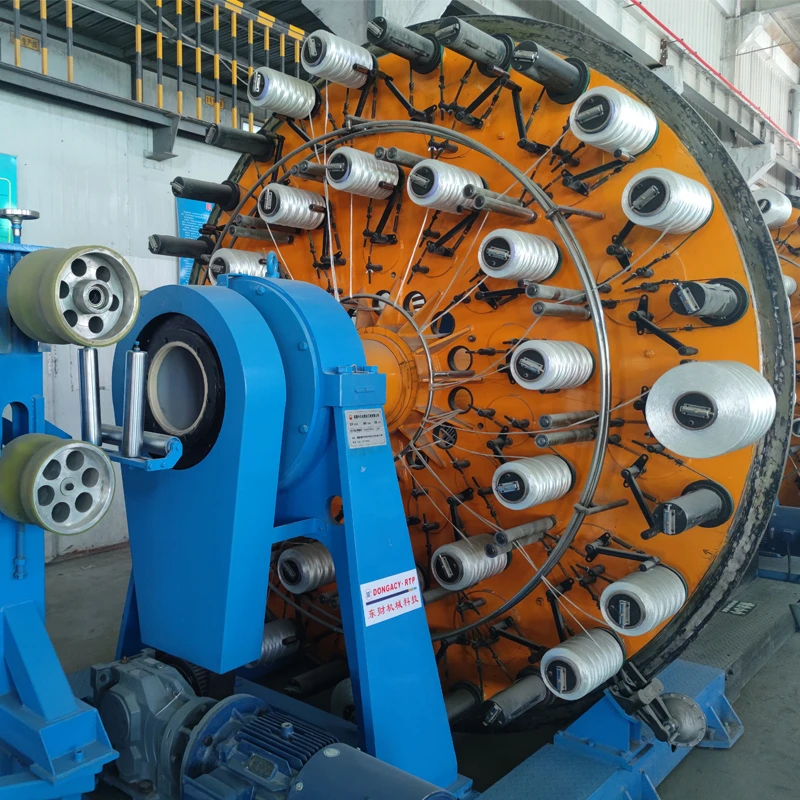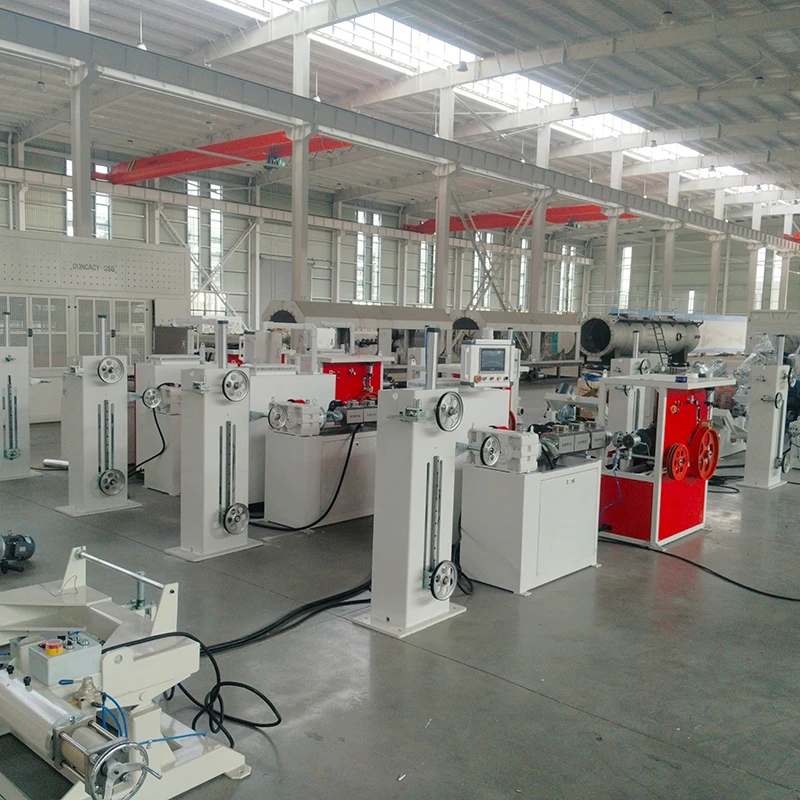
This article explores the engineering excellence behind twin screw extrusion systems and their industrial significance:
- Fundamentals of extrusion technology
- Technical advantages with performance data
- Benchtop versus industrial systems
- Manufacturer comparison tables
- Customization capabilities
- Industry-specific implementations
- Engineering innovations ahead
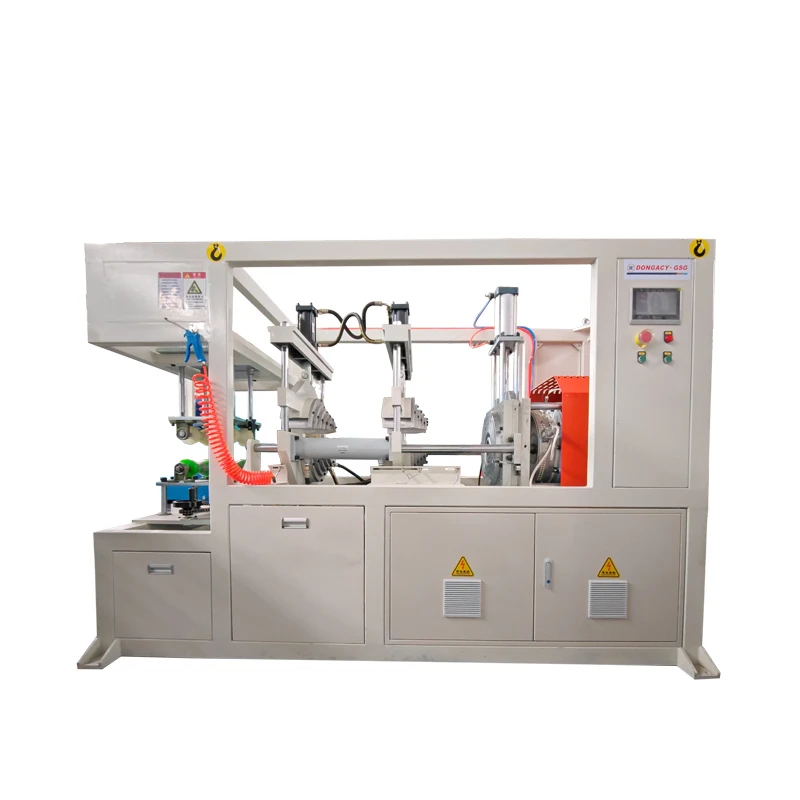
(twin screw extruder)
Twin Screw Extruder Mechanics and Operation
Twin screw extruders utilize co-rotating or counter-rotating screws within a heated barrel to process materials through multiple zones. Unlike single-screw alternatives, this design facilitates:
- Superior mixing efficiency (98% material homogeneity)
- Precise thermal control (±1.5°C variance)
- Modular screw configurations with L/D ratios from 40:1 to 52:1
- Self-wiping mechanisms preventing material buildup
Processing temperatures range from 80°C for sensitive compounds to 450°C for high-performance polymers. Recent data from Polymer Engineering International demonstrates 63% lower energy consumption per kg output compared to traditional methods.
Technical Advantages Over Single-Screw Systems
Material testing indicates twin screw designs outperform single-screw equivalents in critical metrics:
| Parameter | Twin Screw | Single Screw |
|---|---|---|
| Mixing Efficiency | 94-98% | 70-80% |
| Output Consistency | ±0.8% variation | ±3.5% variation |
| Residence Time Control | 25-90 seconds | 60-300 seconds |
| Energy Consumption | 0.31 kWh/kg | 0.49 kWh/kg |
Thermogravimetric analysis reveals twin screw systems maintain 99.2% compound integrity versus 88% in single-screw extruders when processing heat-sensitive formulations.
Benchtop versus Industrial-Scale Applications
Modern benchtop twin screw extruder
s have become indispensable for R&D applications. Leading models like the Thermo Scientific Process 11 features:
- 9-11 mm screw diameters with 200-500 kg/month capacity
- Lab-scale prototyping at 75% lower material costs
- Real-time rheological monitoring systems
Industrial twin screw extruder machines scale to 177mm diameters achieving throughputs exceeding 7,000 kg/hour. BASF's Ludwigshafen plant reported 28% faster formulation development cycles after implementing benchtop-to-production scaling protocols.
Manufacturer Capability Matrix
Performance metrics for primary equipment manufacturers:
| Manufacturer | Screw Range | Max Torque (Nm/cm³) | Temp Range (°C) | Specializations |
|---|---|---|---|---|
| Coperion | 18-380mm | 13.5 | 80-450 | Reactive extrusion |
| Leistritz | 20-200mm | 15.2 | 60-420 | Pharmaceuticals |
| Thermo Fisher | 11-105mm | 11.7 | 50-400 | Nanocomposites |
| Brabender | 20-120mm | 10.8 | 70-380 | Food processing |
Customization Options by Industry Requirement
Adaptable configurations for specialized applications:
- Conical twin screw extruder configurations for PVC processing achieving 40% shorter transition zones
- Nano-ceramic barrel linings extending service life by 2.3× in abrasive compounds
- Vacuum venting systems maintaining 0.08 bar pressure for volatile extraction
- Pharmaceutical-grade electropolished surfaces (Ra ≤ 0.4 μm)
DSM's partnership with Leistritz yielded customized extruders reducing polymer degradation by 78% during medical-grade PEEK production.
Industrial Implementation Case Studies
Actual production scenarios demonstrating operational advantages:
- Automotive: Continental's customized conical twin screw system compounding TPVs at 850 kg/h with 38% energy reduction
- Biodegradables: NatureWorks' PLA production scaling from benchtop to 4,500 kg/h throughput capacity
- Electronics: Sabic's conductive polymer compounding maintaining resistivity consistency within 0.02 Ω/cm variance
Medical device manufacturer Covestro achieved ISO Class 7 compliance for PEEK implant materials using specialized barrel designs with zero dead zones.
Twin Screw Extruder Technology Evolution
Engineering advancements focus on three development vectors:
- Integrated AI systems predicting screw wear with 96% accuracy from viscosity sensors
- Micro-scale twin screw extruder platforms for pharmaceutical nano-encapsulation
- Self-optimizing barrel temperature zones utilizing real-time thermal imaging
Research in modular screw elements promises 17% higher specific energy input efficiency. Siemens' recent white paper projects machine learning integration will reduce startup waste by 43% within 24 months.
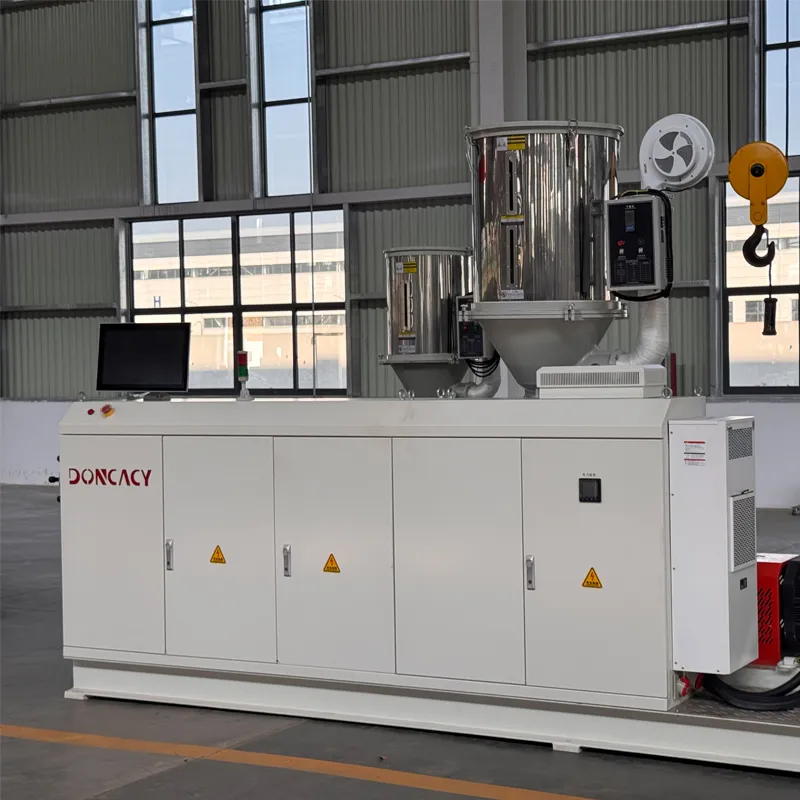
(twin screw extruder)
FAQS on twin screw extruder
Q: What are the primary advantages of using a benchtop twin screw extruder?
A: Benchtop twin screw extruders offer compact size and portability for lab-scale R&D. They enable precise material testing with minimal sample volumes. Their modular design allows customized screw configurations for polymer or food development.
Q: How does a twin screw extruder machine improve mixing efficiency?
A: Twin screw extruder machines utilize intermeshing screws that create intense shear and dispersive mixing. The co-rotating screws self-wipe to prevent material stagnation. This enables superior homogenization of composites, alloys, or masterbatches compared to single-screw systems.
Q: When should I choose a conical twin screw extruder over parallel designs?
A: Conical twin screw extruders excel in high-output PVC processing due to their tapered screw geometry. The narrowing screw diameter toward the outlet creates natural pressure buildup for superior melt uniformity. They also reduce shear-sensitive material degradation during extrusion.
Q: What materials can be processed with benchtop twin screw extruders?
A: Benchtop models handle thermoplastics, biopolymers, ceramics, and food ingredients. They support compounding additives like fibers or nanoparticles into polymer matrices. Their temperature control (up to 450°C) accommodates engineering resins and reactive extrusion trials.
Q: Why are twin screw extruders preferred for reactive extrusion applications?
A: Twin screw extruders provide optimized residence time distribution for chemical reactions. Multiple feed ports allow staged injection of monomers or additives along the barrel. Their intense mixing ensures uniform reaction kinetics in polymerization or grafting processes.
-
Innovative Solutions in PVC Pipe Production LineNewsJul.18,2025
-
Innovative Solutions in Pipe Extrusion Production LineNewsJul.18,2025
-
Advanced Plastic Profile Extrusion SolutionsNewsJul.18,2025
-
PVC Profiles: The Future of Durable and Cost-Effective Construction SolutionsNewsJun.06,2025
-
PVC Pipe Extrusion LineNewsJun.06,2025
-
High-Quality Polyethylene Pipe Production LineNewsJun.06,2025
-
High-Performance Tube Production LineNewsJun.06,2025

